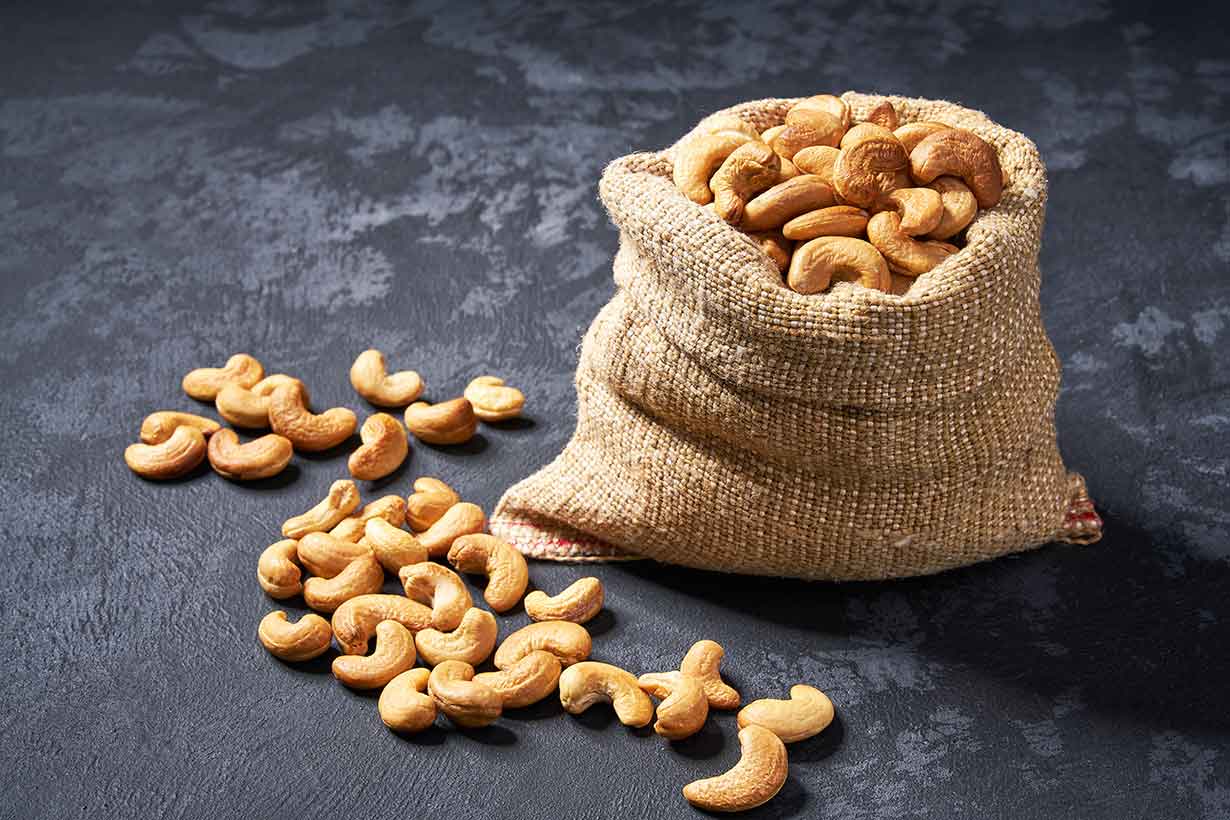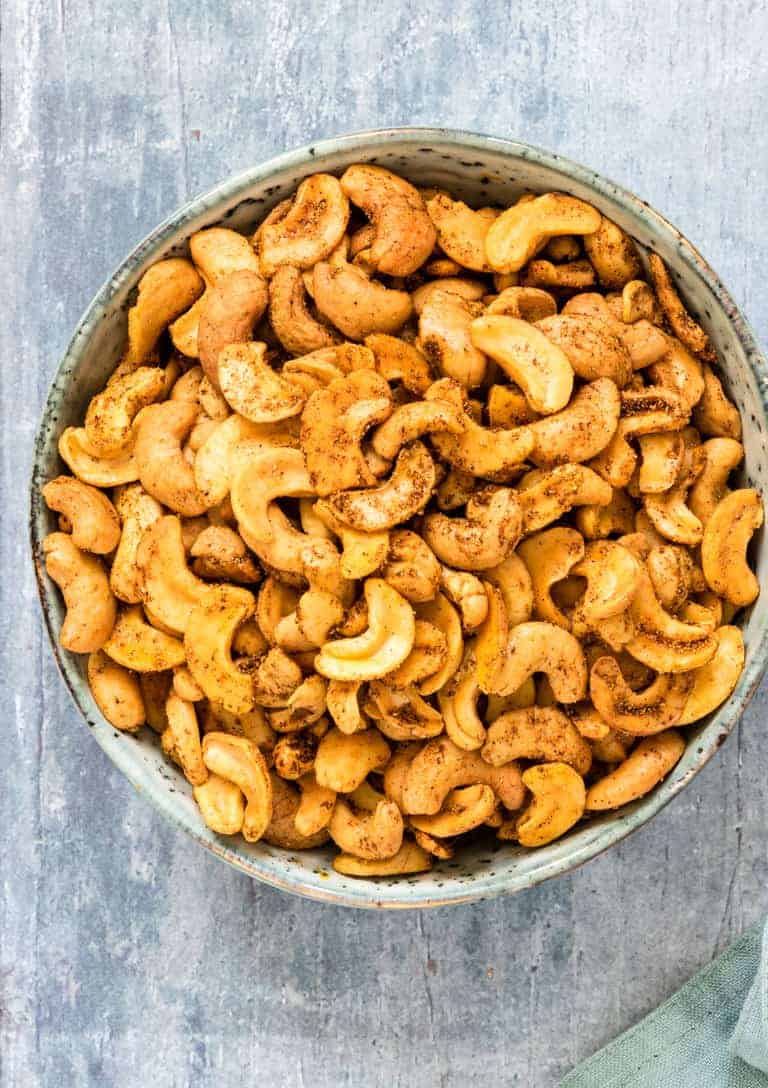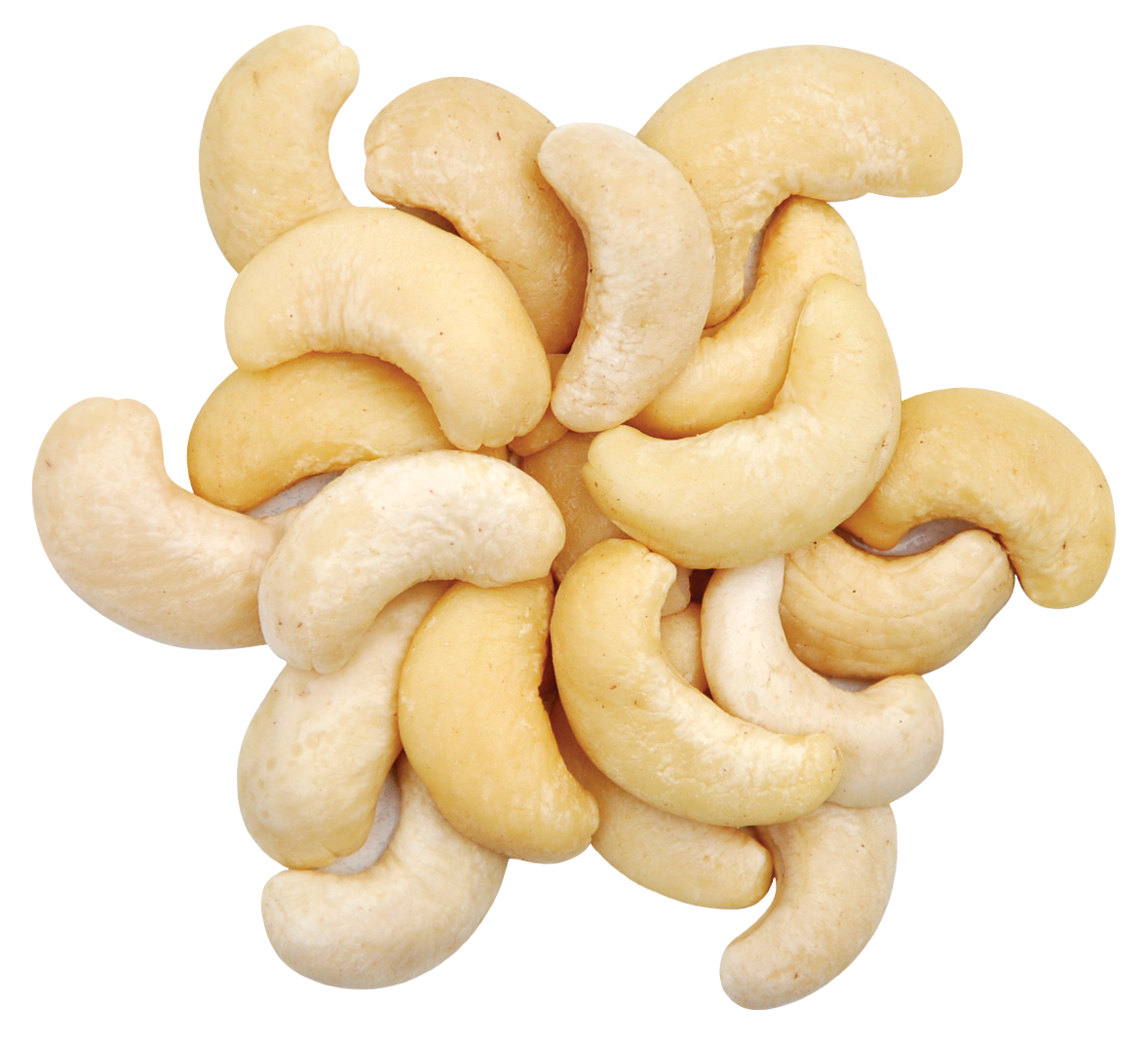
Anti-nutrients including lectins are most often studied in the diets of developing countries where malnutrition is prevalent, or where food variety is very limited and whole grains and legumes are important daily staples. However, there is very limited research in humans on the amount of active lectins consumed in the diet and their long-term health effects. These theories have fueled the profitable anti-lectin movement, spawning bestselling books and enzyme supplements to prevent lectin activity in the body. Because lectin proteins bind to cells for long periods of time, they can potentially cause an autoimmune response and are theorized to play a role in inflammatory conditions like rheumatoid arthritis and type 1 diabetes. This may disrupt the breakdown and absorption of nutrients, and affect the growth and action of intestinal flora.

Lectins can also bind to cells lining the digestive tract.

Legumes and cereals often contain these minerals, so the concurrent presence of lectins may prevent the absorption and use of these minerals in the body. Milder side effects include bloating and gas.Īnimal and cell studies have found that active lectins can interfere with the absorption of minerals, especially calcium, iron, phosphorus, and zinc. It can also produce nausea, vomiting, stomach upset, and diarrhea. They contain phytohaemagglutinin, a type of lectin that can cause red blood cells to clump together. The most publicized accounts report severe reactions in people eating even small amounts of raw or undercooked kidney beans. When consumed, lectins in their active state can cause negative side effects. They resist being broken down in the gut and are stable in acidic environments, features that protect lectin-containing plants in nature. The same features that lectins use to defend plants in nature may cause problems during human digestion. Lectins are defined as proteins that bind to carbohydrates. Is there truth behind these claims? The Problem With Lectins They are found in all plants, but raw legumes (beans, lentils, peas, soybeans, peanuts) and whole grains like wheat contain the highest amounts of lectins. Base your diet around healthy whole foods and avoid or at least minimise the consumption of ultra processed foods, especially if they are high in sugar.Lectins, or hemagglutinins, are an “ anti-nutrient” that have received much attention due to popular media and fad diet books citing lectins as a major cause for obesity, chronic inflammation, and autoimmune diseases.

Want to learn more? Here's a detailed list of foods you should eat and avoid on a ketogenic diet 3) Quality over quantityįood quality is just as important as the amount of carbohydrates in your diet. For example, dried porcini mushrooms, garlic or spices are all ideal for the ketogenic diet because the amount of carbs per serving is low. Some foods are seemingly high in carbohydrates (per 100 grams) but you will only need to use a small amount when used in recipes.

When counting carbs, follow at the amount of net carbohydrates "per serving" such as one cup of broccoli, two eggs, half an avocado, one pork chop, or a quarter cup of berries. If you are not sure whether to count total or net carbohydrates, read this post on total vs net carbs 2) Always consider the serving size When unsure whether to include an ingredient in your ketogenic lifestyle, there are several factors you should consider: 1) Keep your carbohydrates lowĭepending on your own carbohydrate limit which can vary between 20 and 50 grams of total carbs (or 15 to 30 grams of net carbs), you can include a variety of meats, dairy, eggs, vegetables, fruit, nuts and seeds. When you follow the ketogenic approach to food, you'll need to base your diet around low-carb foods.


 0 kommentar(er)
0 kommentar(er)
